Huffpost: The Orlando massacre: Why 15 + years after the 9/11 attacks, the FBI still fails to connect the dots on U.S. terror threats
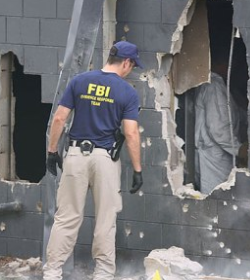 By Peter Lance © Huffington Post: Following the greatest mass shooting and second mass casualty act of terror in U.S. history (after 9/11) the pundits are shaking their heads as to how it could have happened.
By Peter Lance © Huffington Post: Following the greatest mass shooting and second mass casualty act of terror in U.S. history (after 9/11) the pundits are shaking their heads as to how it could have happened.
How was it that suspect Omar Mateen, a licensed security guard who had twice been investigated by the FBI, amassed an arsenal of weapons and despite his known sympathies to ISIS was able to walk into a gay nightclub and wreak havoc for the jihad?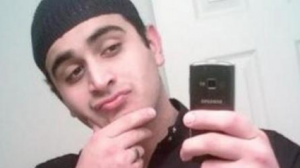
After all, the FBI, charged back in 1982 with protecting the U.S. Homeland from acts of terror, has had an exponential increase in its counter terrorism budget and undercover investigations are at epic new levels.
Just today, a Florida gun store owner said he notified the Bureau as recently as five-six weeks ago that a “suspicious” man he recognized as Mateen (post shooting) had tried to buy high-end body armor and a large quantity of ammo, but special agents in the FBI’s West Palm beach office failed to follow up, beyond a single phone call and they never visited his store to examine surveillance video.
It’s clear from the recent work of the NYT’s Eric Lichtblau, which dovetails with evidence I uncovered ten years ago in my HarperCollins book “Triple Cross,” that the Bureau continues to squander resources on terrorist wannabes induced into plots via hapless stings, while mismanaging human investigative resources in reliance on a “virtual case file” system that has repeatedly failed to expose actual homegrown terror threats like the mass shooting in Orlando Sunday morning.
STINGS WITH THE WRONG TARGETS.
As recently as June 7th Lichtblau filed a piece under the headline “F.B.I. Steps Up Use of Sting In ISIS Cases.”
While citing a “sharp rise” in undercover counter-terrorism cases aimed at ISIS sympathizers and charges filed against “90 Americans believed to be linked to the group,” Lichtblau quoted ex-Special Agent Mike German, now an NYU professor, who concluded that the Bureau was, “manufacturing terrorism cases.”
Said Prof. German, “These people are five steps away from being a danger to the United States.”
In fact, one case cited in the piece involved Emanual Lutchman, a mentally disabled panhandler.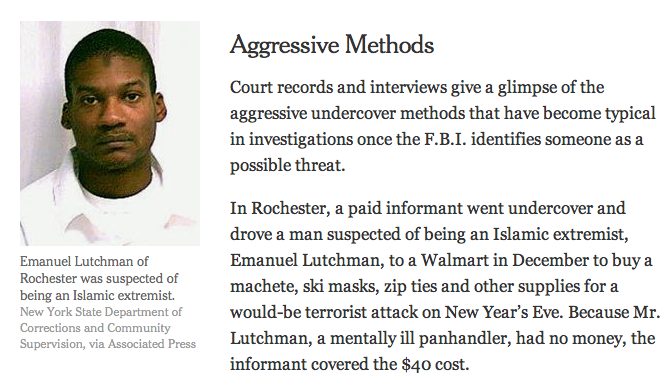
That sting was a carbon copy of the one I reported on in 2009 in an updated edition “Triple Cross,” It involved one Derrick Shareef, a twenty-two-year old Rockford, Illinois man. Shareef pled guilty in 2007 to planning to use “weapons of mass destruction against persons and properties” in what was described as a “Terror Plot” to attack a shopping mall in Rockford, Illinois.
As it turned out, Shareef was so broke that he intended to hock a pair of stereo speakers to raise the $50 for each of the fake grenades JTTF agents offered to sell him. Those were the WMD’s he was convicted of planting and without the help of FBI agents there would have been no “terror plot.”
The same thing could be said of the “Newburgh Four,” four poor U.S. black Muslims arrested for planting bombs outside synagogues in the Bronx and plotting to fire a Stinger Missile at military airplanes in Newburgh, New York, in 2009. They were also aided and abetted by undercover FBI agents as was the 21 year old Bangledeshi who was charged in October, 2012 with trying to bomb the Federal Reserve bank in Manhattan. The question is whether any of them possessed the capability of bringing off those plots without the intervention of FBI agent provocateurs?
COMPOUNDING EARLIER FAILURES
In April, 2012, David K. Shipler reported a story in The Times entitled “Terrorist Plots Hatched by the F.B.I.” In that stunning precursor to Litchblau’s piece four years later, he concluded that, “Of the 22 most frightening plans for attacks since 9/11 on American soil, 14 were developed in (FBI) sting operations.” In other words, the would-be domestic terrorists lacked the wherewithal to pull off their deadly plots absent the help of Bureau undercover operatives.
Further, as documented in his 2013 book “The Terror Factory: Inside The FBI’s Manufactured War of Terrorism” investigative reporter Trever Aaronson found that of 508 defendants the U.S. government considered terrorists in prosecutions brought since 9/11, “243 had been targeted through an FBI informant, 158 had been caught in an FBI terrorism sting and 49 had encountered an agent provocateur.” Aaronson wrote, “Of the 508 cases I could count on one hand the number of actual terrorists, such as failed New York City subway bomber Najibullah Zazi who posed a direct and imminent threat to the U.S.”
MISSING THE REAL THREATS
One has to ask: with America’s $80 billion-a-year intelligence gathering apparatus, an FBI budget request of $8.48 billion for 2016 and the massive interdiction of civil liberties exposed by Edward Snowden permitting the NSA to penetrate our most intimate relationships, how did they miss two of the most notorious homegrown terror threats since 9/11: Faisal Shazhad the “Times Square Bomber,” who parked a WMD in the New York theater district in May, 2010, only to have the plot thwarted by an alert bystander and the Tsarnaev brothers who succeeded in executing the deadly Boston Marathon bombing after the Bureau was warned about them two years earlier?
This is what I reported in my latest book, “Deal With The Devil.”
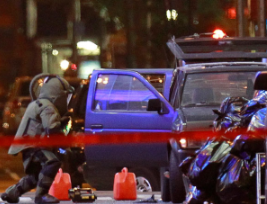 Right after Shazhad’s device failed to detonate, the NYPD did a remarkable job of bringing him to ground within 53 hours. But there was a shocking revelation in a New York Times story on Shazhad that was overlooked by the rest of the mainstream media.
Right after Shazhad’s device failed to detonate, the NYPD did a remarkable job of bringing him to ground within 53 hours. But there was a shocking revelation in a New York Times story on Shazhad that was overlooked by the rest of the mainstream media.
George LaMonica, a 35-year-old computer consultant who purchased his condo in Norwalk Connecticut from Shazhad in 2004 told Times reporters that ‘A few weeks after he moved in investigators from the Joint Terrorism Task Force interviewed him, asking for details of the transaction and for information about Mr. Shahzad.’ 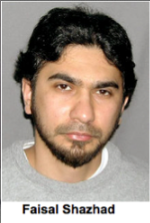
It turned out that Shazhad had received five months of training at a terrorist camp in Waziristan, Pakistan and he’d returned just three months before parking his Nissan Pathfinder full of explosives adjacent to the Marriott Hotel in Times Square.
The fact that he was able to build such a weapon of mass destruction on his own and that he moved it into a location where an explosion would have produced mass casualties, gives one pause, particularly when we now know that six years earlier, agents from the JTTF had Shazhad on its radar and inexplicably no one within the Bureau connected the dots on the threat.
And while local police in Boston interdicted the Tsarnaev brothers within four days of the deadly Boston Marathon bombings in 2013, it soon became known that 26-year-old Tamerlan Tsarnaev had been vetted and cleared by the FBI in 2011 after the Russian government had asked the Bureau to investigate his links to terrorism. 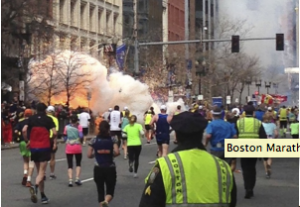
That prompted calls by the Chairman of the House Homeland Security Committee Rep. Peter King to ask, ‘Did They move too quickly by letting this guy off the hook?
The answer of course, is that they did. But the Bureau escaped any serious scrutiny for that colossal act of negligence which led to the blowback in Boston.
THE FAILURE OF GOVERNMENT OVERSIGHT
All of that prompts us to raise the same question posed by the poet Juvenal who wrote in the first century AD: “Quis custodiet ipsos custodies?” Who is guarding the guardians themselves?
As documented in the second book in my 9/11 trilogy “Cover Up” in 2004, half the staff of the 9/11 Commission was comprised of veterans of the very failed agencies they were “investigating.” As a result, their conclusion that the Sept. 11th attack was the result of a “failure of imagination,” meant that not a single U.S. intelligence official was held accountable for the greatest intel failure since Pearl Harbor which killed 2,996 people.
Instead, The Commission proposed a series of measures that, if implemented, would help agencies like the Bureau connect the dots. That was The Commission staff’s promise to America and compliance with that promise was to be measured over the years by a series of reports from the ongoing 9/11 Review Commission.
They issued their Final Report on March 25th, 2015.
But as I pointed out on this site back then, The Review Commission, another “fox guarding the chicken coop” entity dominated by the Bureau itself, was relatively silent on the FBI’s two biggest counter-terrorism failures since 9/11:
First, the development of a Virtual Case File (VCF) system so that Special Agents and analysts, bogged down in a “paper-driven culture,” could instantly access threat-related data. And second, the ongoing chronic inability of Bureau officials to recruit translators fluent in languages consistent with the emerging jihadi threat.
At that time, 15 months ago, I cited the seminal reporting of Eric Lichtblau in The L.A. Times and the NYT and Dan Eggen of The Washington Post, who had documented, over the years, multiple acts of FBI negligence missing from the 2015 Report.
TRILOGY AND SENTINEL
As far back as 2002, Lichtblau and Charles Piller reported in The LAT that the FBI’s information systems were so antiquated that right after 9/11 frustrated agents in Tampa were unable to email photos of the 19 hijackers to the Bureau’s 56 Regional Offices. They had to resort to overnight mail.
The remedy to bring the Bureau’s IT infrastructure into the 21st century was supposed to be a new multi-million dollar Virtual Case File system called Trilogy, first announced prior to the attacks in 2000.
But by 2006 Eggen and Griff Witte reported on Trilogy’s failure in a Wash Post piece headlined, “The FBI’s Upgrade That Wasn’t. $170 Million Bought an Unusable Computer System.”
Four years later in 2010, now on the staff of the NYT, Lichtblau detailed the cost overruns and deployment problems with the Bureau’s new VCF boondoggle, the $305 million dollar Sentinel system. That latest setback had everything to do with one of the nation’s aerospace giants, because after Trilogy’s abandonment, the development of Sentinel was farmed out to Lockheed Martin in 2006.
But after $30 million in cost overruns, when the Bureau suspended the overhaul of Sentinel in 2010, what was largely ignored in the media (and missing from the 9/11 Review Commission’s report) was the fact that starting in 2005 after he’d left the DOJ as Deputy Attorney General, Lockheed Martin’s General Counsel and Senior V.P. was none other than James Comey who is now the FBI director. 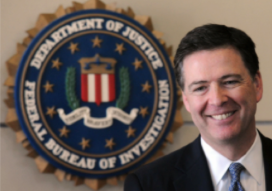
Other than a single footnote, the only reference to “Virtual Case File” in the 9/11 Review Commission’s report comes on page 127 noting that the acronym for Virtual Case File is VCF.
Comey’s revolving-door Justice-to-Lockheed-to-FBI trajectory isn’t mentioned, even though the ex-Deputy A.G. was sworn in to succeed Robert Mueller as the 7th FBI Director on September 4th 2013.
But just over a year into Comey’s tenure, the DOJ Inspector General issued another another dire report on Sentinel. The findings were covered by Jeff Stein in Newsweek
“Sentinel… was supposed to be finished by the end of 2009 at a cost of $425 million. Plagued by mismanagement, cost overruns and technical glitches detailed in a series of reviews through the years, its budget has ballooned another $100 million, the new report says. Years after it was launched, FBI special agents and intelligence analysts sometimes still have to visit another field office to obtain a particularly big or sensitive file, sources say.”
That revelation echoed the identical “paper-driven” limitations first reported by Lichtblau and Piller in 2002. But in today’s digital, social media-driven world of intelligence gathering, if the Bureau’s basic IT system for communicating data still isn’t fully operational, how can we expect Special Agents, Analysts and translators to connect the dots on the next terror threat?
THE URGENT NEED FOR TRANSLATORS
The 9/11 Review Commission also cited the need to hire more linguists fluent in the language of the emerging jihadi enemy. But the report only hints at the other stunning Bureau lapse first reported by Dan Eggen in The Post back in 2006.
“Five years after Arab terrorists attacked the United States, only 33 FBI agents have even a limited proficiency in Arabic, and none of them work in the sections of the bureau that coordinate investigations of international terrorism, according to new FBI statistics.”
In the 2009 edition of “Triple Cross,” I underscored the dangers in the Bureau’s failure to recruit Middle Eastern linguists by examining the fate of Bassem Youssef, once the Bureau’s highest-ranking Arabic-American special agents.
A decorated counterterrorism SA who descends from Christian Egyptians, Youseff filed a lawsuit in 2003 claiming that he was discriminated against when he was pulled from the field and given a desk job.
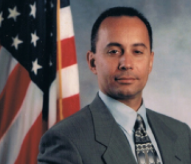 In a sworn deposition submitted during Youseff’s suit in 2005, then FBI Director Mueller admitted that he was unsure of the relationship between Osama bin Laden and Sheikh Omar Abdel Rahman, the spiritual leader of al Qaeda who was convicted of seditious conspiracy in 1995 in the “Day of Terror” trial which focused on a plot by the same al Qaeda cell responsible for the 1993 WTC bombing, to blow up the bridges and tunnels into Manhattan, the U.N. and the FBI’s New York Office at 26 Federal Plaza.
In a sworn deposition submitted during Youseff’s suit in 2005, then FBI Director Mueller admitted that he was unsure of the relationship between Osama bin Laden and Sheikh Omar Abdel Rahman, the spiritual leader of al Qaeda who was convicted of seditious conspiracy in 1995 in the “Day of Terror” trial which focused on a plot by the same al Qaeda cell responsible for the 1993 WTC bombing, to blow up the bridges and tunnels into Manhattan, the U.N. and the FBI’s New York Office at 26 Federal Plaza.
Similarly, Dale Watson, the FBI’s counterterrorism chief for two years post 9/11, was unable to differentiate between Shiites and Sunnis, the two principal sects of Islam. Testifying before a House Judiciary subcommittee in 2008 Youseff declared, “The FBI Counter Terrorism Division is ill-equipped to handle the terrorist threat we are facing.”
In April, 2009 I interviewed Youseff’s lawyer Stephen M. Kohn and asked him whether, at that point, the Bureau’s Arabic language capabilities had significantly improved since 2006 and he insisted that they had not.
The continuing issue of fluency in middle eastern languages was of such concern on Capitol Hill that on May 21, 2012, Senator Daniel Akaka, (D-HI) then chairman of the Homeland Security Subcommittee on Oversight of Government Management held his seventh hearing on what he termed “a national security crisis;” namely the lack of foreign language skills, particularly at the FBI and CIA.
The Bureau was represented at the hearing by Tracey A. North, Deputy Assistant Director of the Directorate of Intelligence. In her statement she never addressed the key question of how many special agents were fluent in Arabic and other middle eastern tongues. Instead she listed percentages: “The FBI has increased its overall number of linguists by 85 per cent, with the number… in high priority languages such as Arabic increasing by 261 per cent, Urdu… by 733 per cent, and Farsi… by 142 per cent.”
Because of the vagueness of her statement I contacted the FBI in early November, 2012 and asked this specific question: “How many Special Agents, SSA’s, ASAC’s ADICS or other members of senior management are fluent in: Arabic, Urdu and Farsi?”
On November 13th, 2012 I got this reply from Betsy R. Glick in the FBI’s Public Affairs Office: “The most specific information I have been advised can be released is this: the FBI has over 100 Special Agents who speak Arabic, Farsi, and/or Urdu. The FBI also has over 340 full and part time linguists who speak, or provide services, in Arabic, Farsi, and/or Urdu.”
That number of “over 100 special agents” fluent in Arabic, Farsi and Urdu more than eleven years after the 9/11 attacks takes on a chilling starkness when you consider that by 2009 there were roughly 5,000 special agents working counterterrorism. The fact that barely two percent of them were fluent in the language of jihadists is some measure of FBI’s counterterrorism performance.


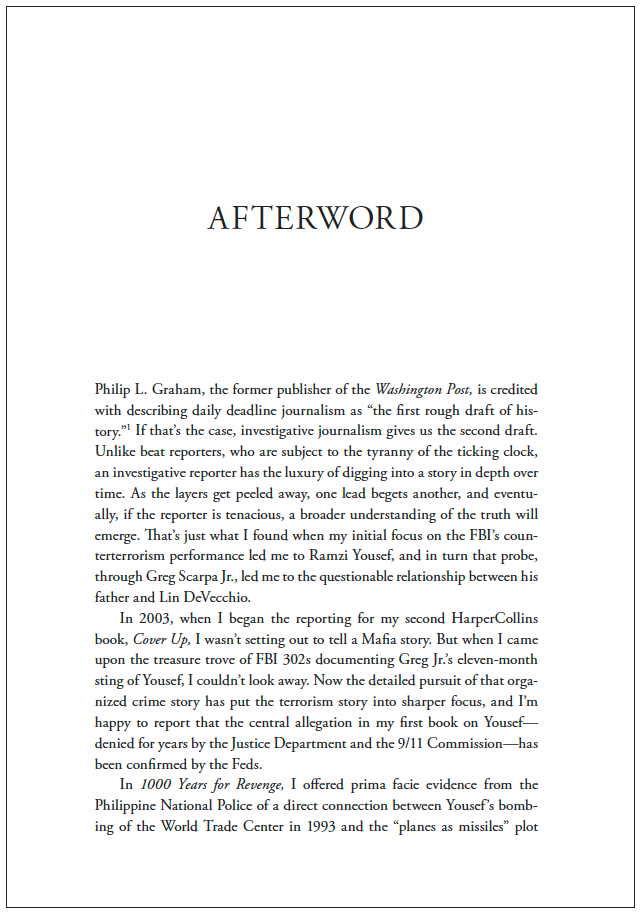
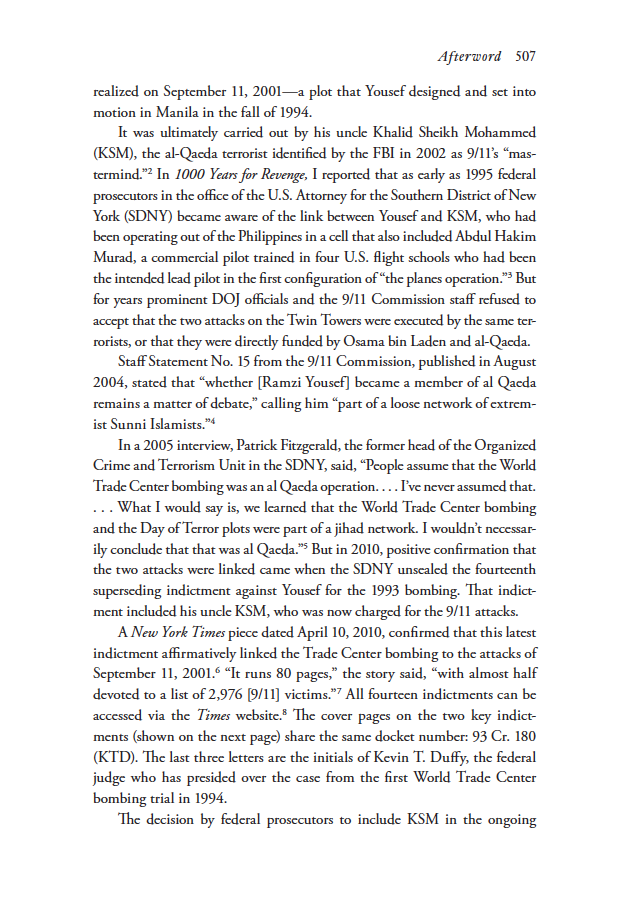
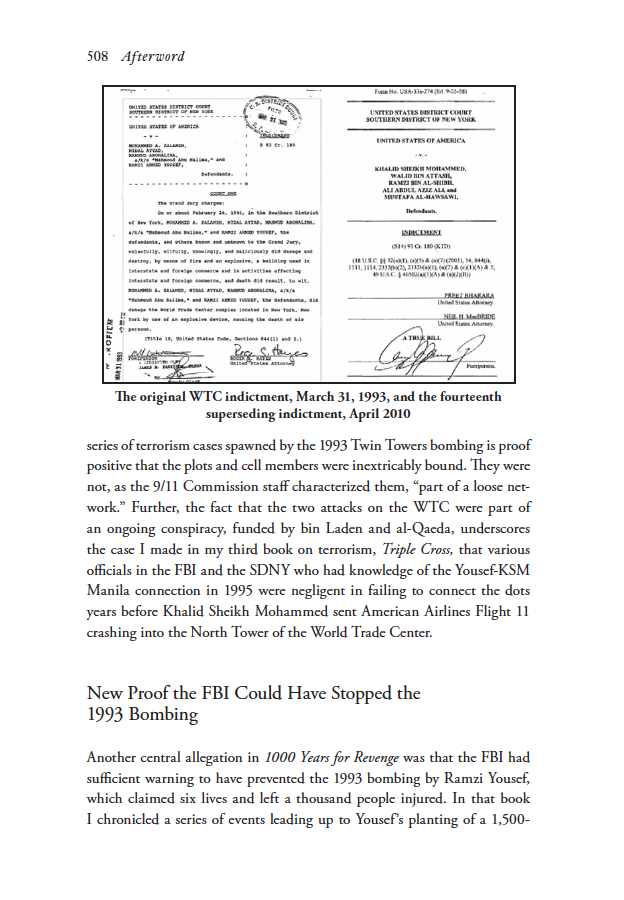

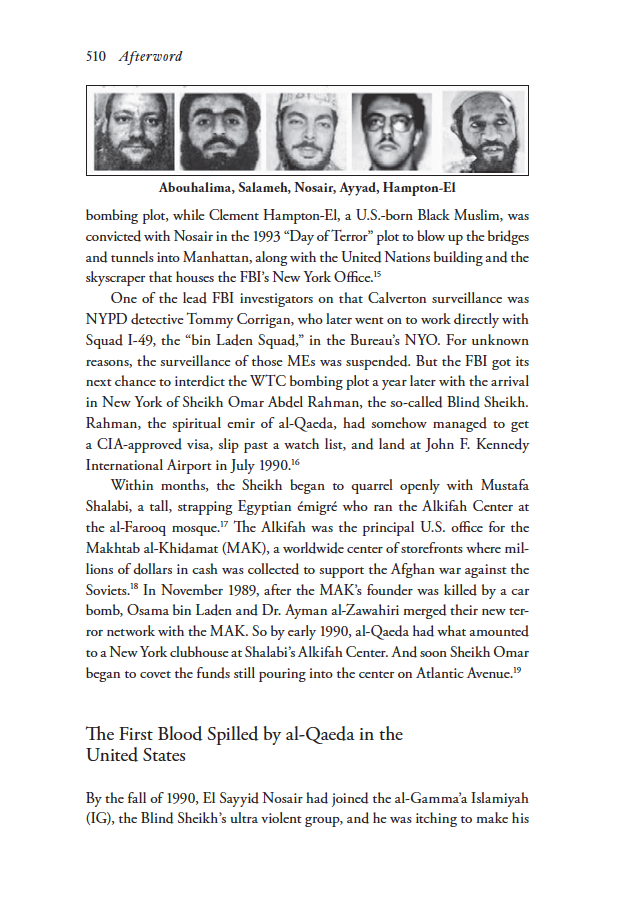

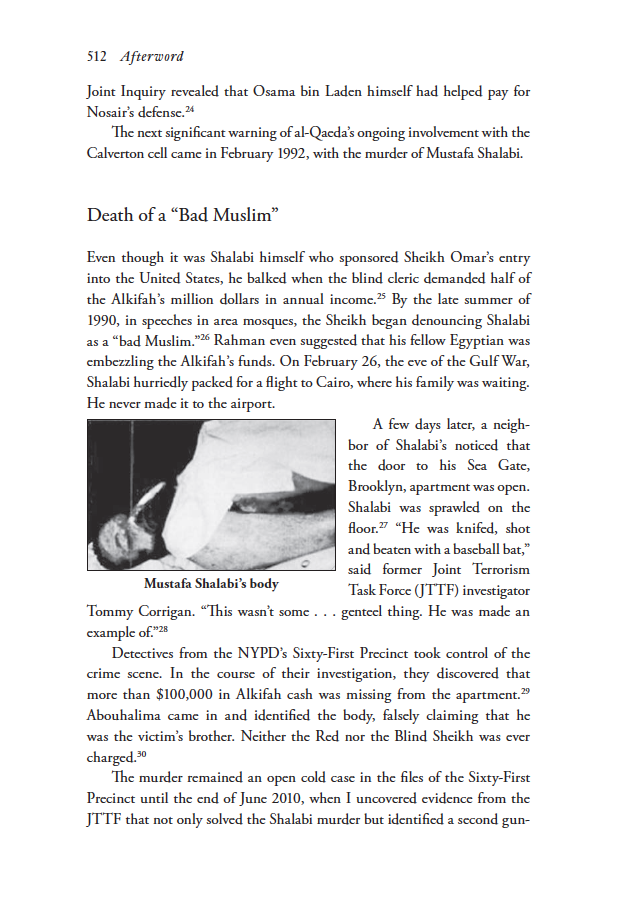


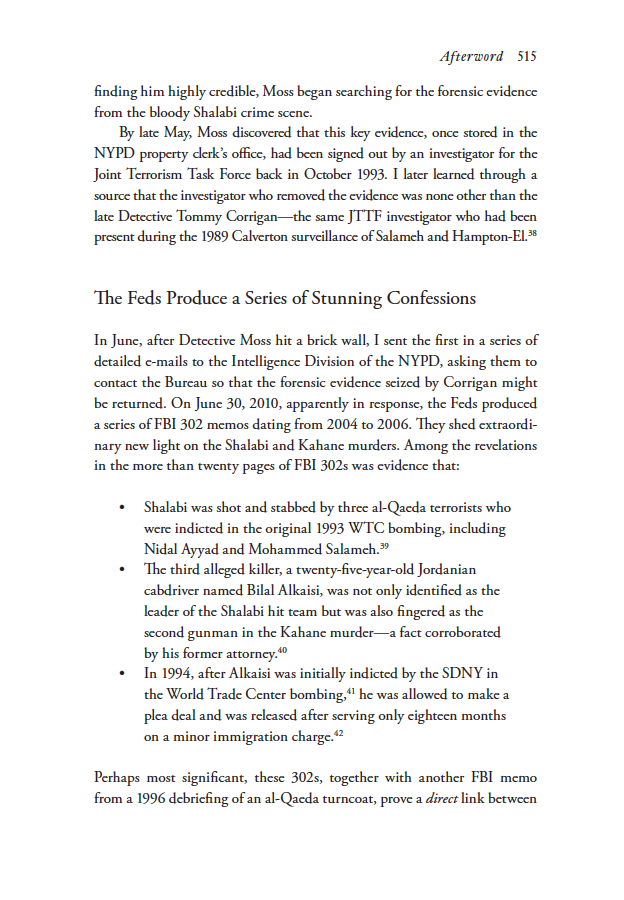

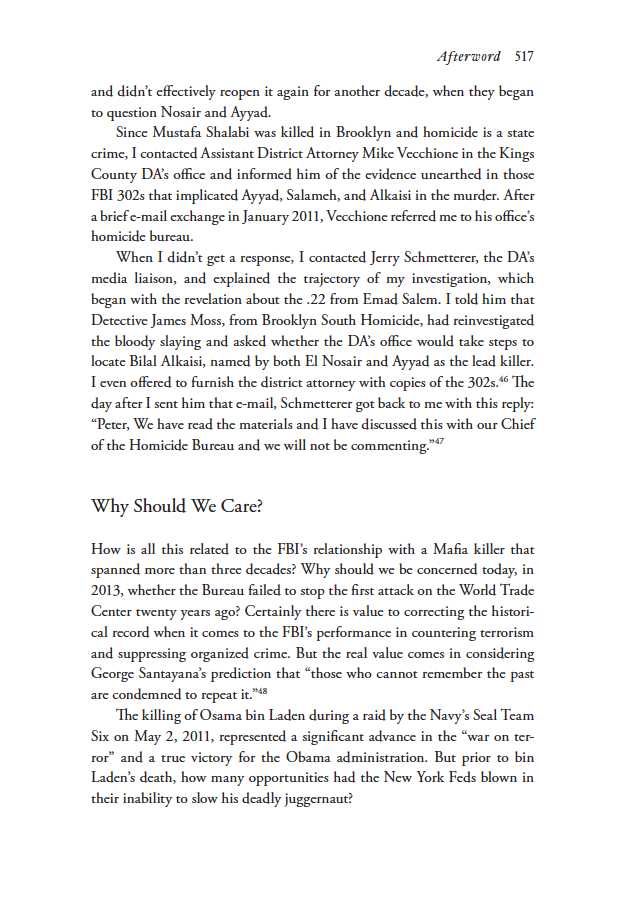
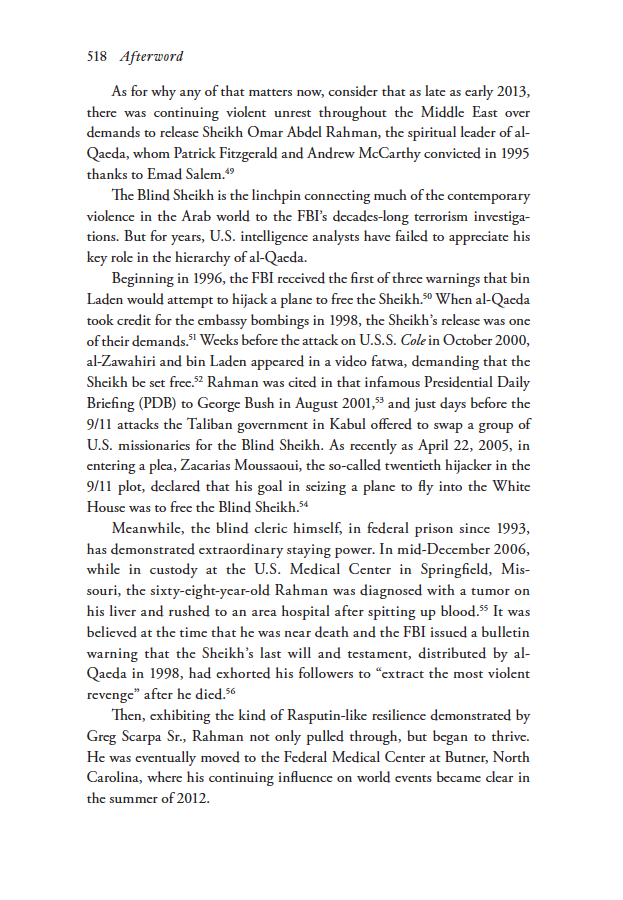

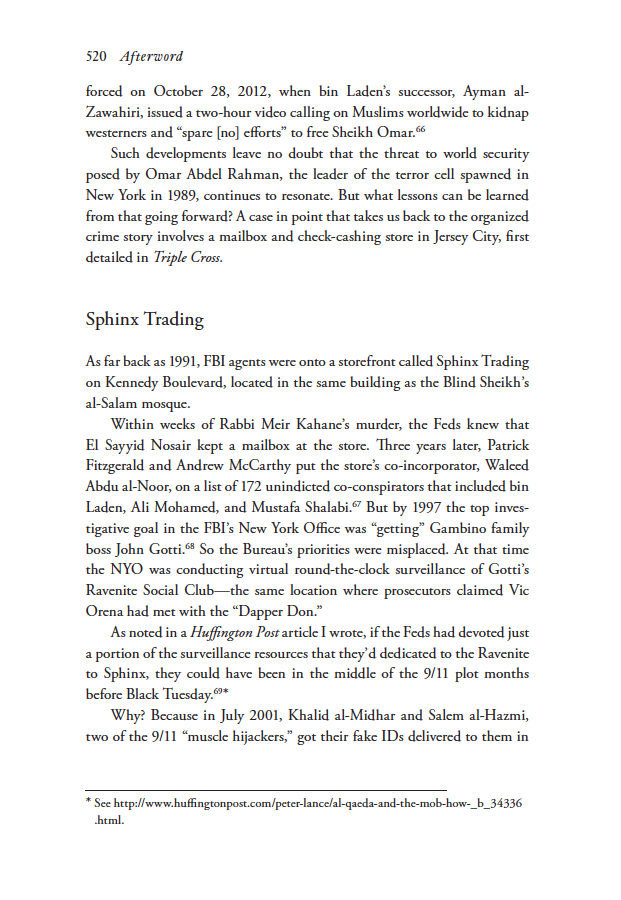
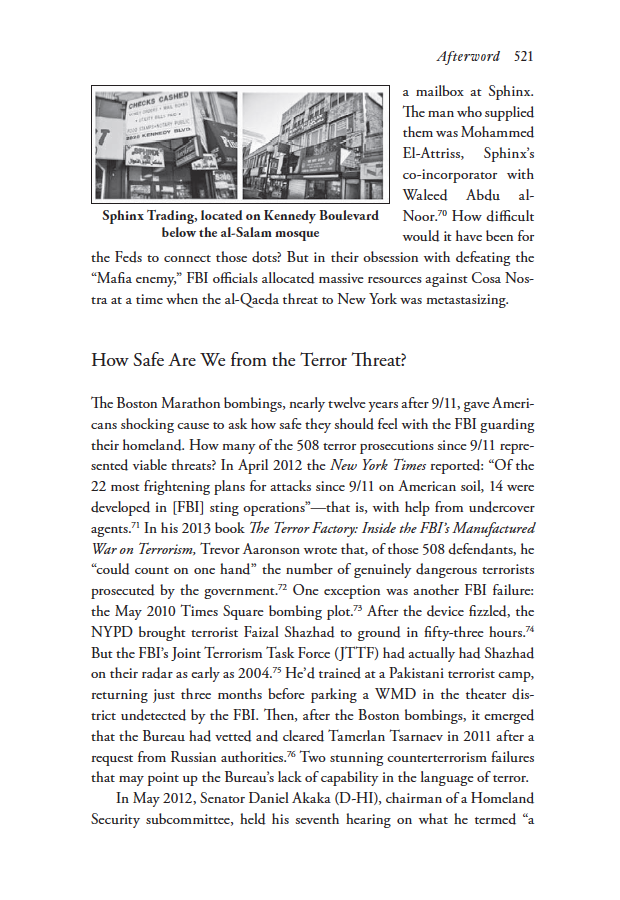

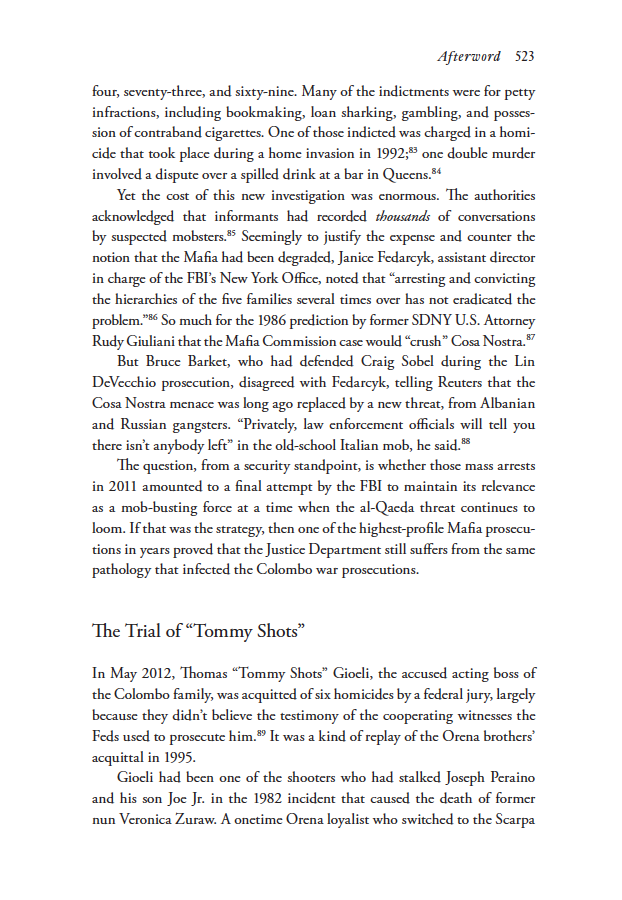
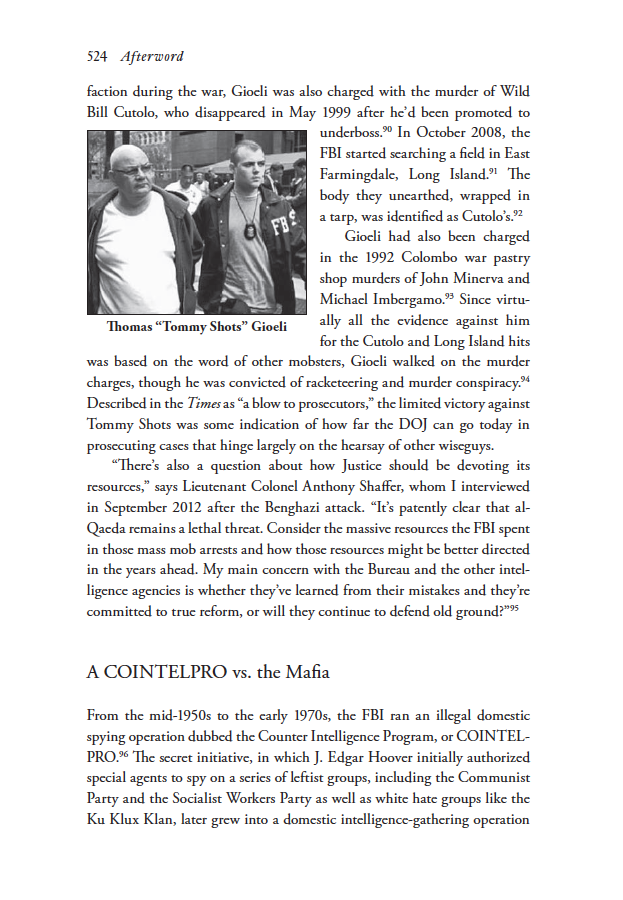
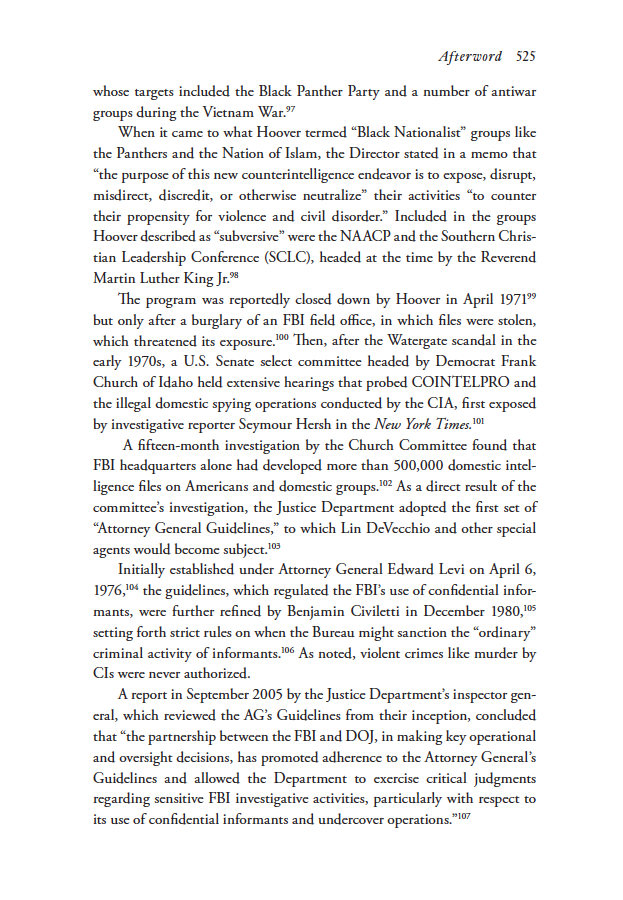
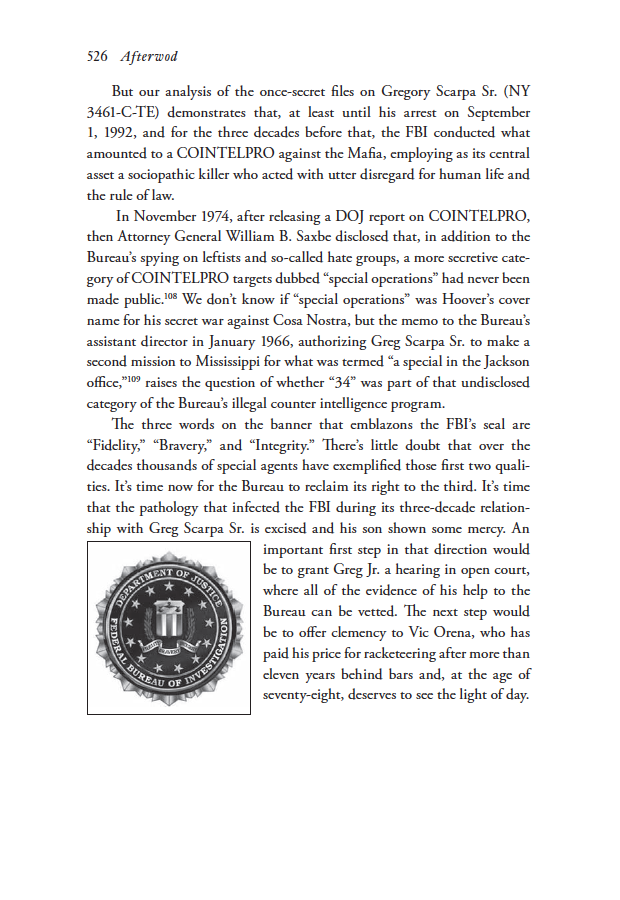
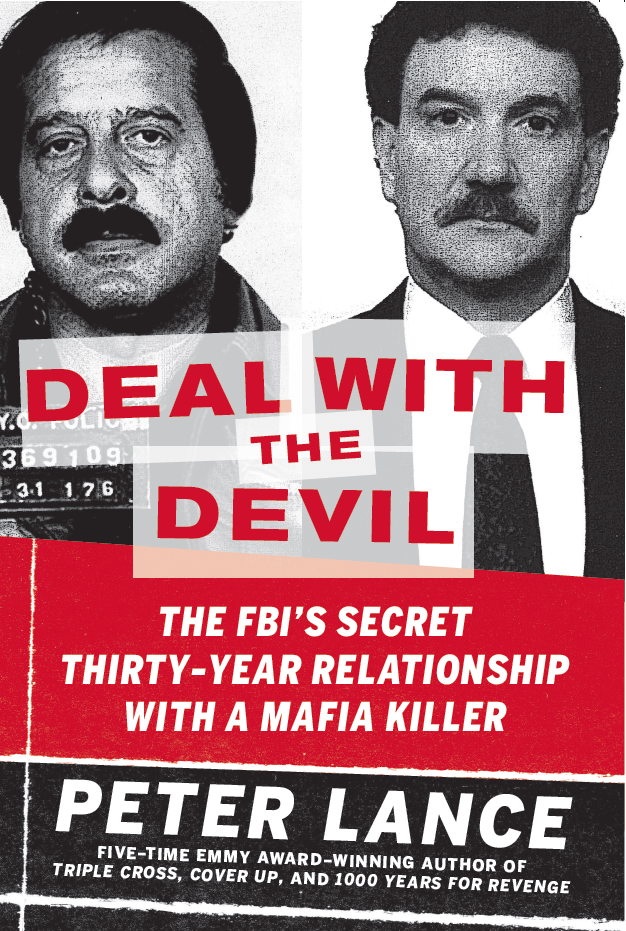

Recent Comments